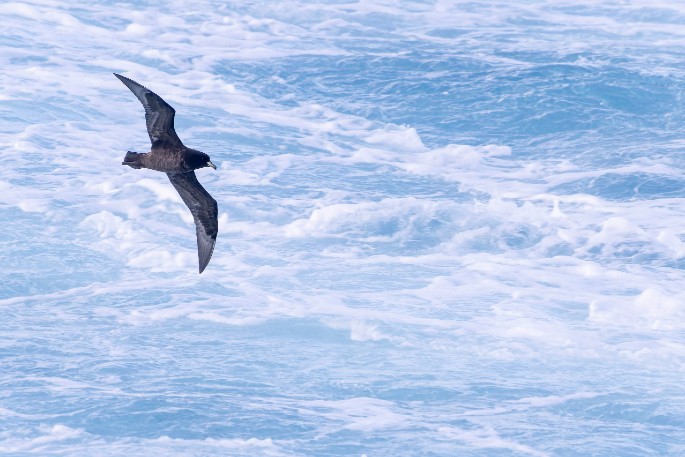This Content Is Only For Subscribers
A global online toolkit designed to help reduce the estimated 30,000–40,000 seabirds caught annually in Southern Hemisphere longline fisheries has been launched by the Department of Conservation and the Southern Seabirds Trust.
The new Seabird-Safe Fishing Toolkit is an interactive platform providing fishing companies with information on how to reduce seabird bycatch on longline hooks set for tuna. It includes maps showing where threatened seabirds occur, guidance on proven seabird-safe fishing practices, and resources to help companies monitor and improve their performance over time.
DOC senior international adviser Mandy Leathers, who co-leads the project with the Southern Seabirds Trust, says protecting seabirds is a shared responsibility.
“We all have a responsibility to care for our vulnerable seabirds and address the pressures and dangers we put on them,” Mandy says. “New Zealand is known as the seabird capital of the world, and many are taonga to Māori. They’re a part of our identity.
“But unfortunately, more than 90 per cent of seabirds that breed in New Zealand are in trouble, with bycatch in high seas longline fisheries being a significant pressure. It’s estimated that 30,000–40,000 seabirds are caught every year in the Southern Hemisphere.
“The good news is there are proven ways to reduce seabird deaths in longline fishing, and these are included in the ‘one-stop-shop’ toolkit.”
Examples include setting lines at night, using weights to sink baited hooks quickly, deploying bird-scaring lines, or using hookpods, which shield hooks during line setting.
“New Zealand’s own surface longline fleet is now using these best practices and has digital monitoring. We are well placed to support international high seas fleets to follow suit,” Mandy says.
She says the toolkit is the result of a collaborative effort with input from the fishing industry and sustainability experts worldwide.
The project is New Zealand-led and was developed through the Asia-Pacific Economic Cooperation Oceans and Fisheries Working Group.
Mandy says even people who don’t fish can help ease pressure on seabirds.
“Pick up plastics on the beach and other rubbish, and take part in trapping, because invasive predators are a huge problem at breeding sites. While preventing bycatch is our greatest priority, anything we can do to relieve the pressure on our seabirds will help.”
The Seabird-Safe Fishing Toolkit is available on DOC’s website.



